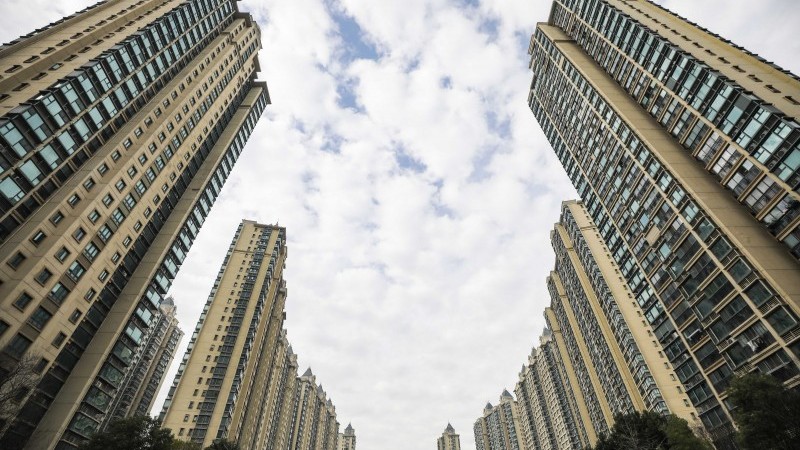Here is an interesting article comparing the economic development of China with Japan. The key argument is that Japan’s explosive GDP growth was based on a property bubble and that China was following in its footsteps. However, the government has recently addressed the bubble. As a result, annual growth will be 5% instead of 6-8%, but there won’t be several lost decades.
I think there’s a lot of merit to this, but there are a couple points they could have addressed. No distinction is made between productive GDP (energy, manufacturing, construction, etc.) and unproductive GDP (FIRE economy). So yes there was a construction bubble, but how much of that was real compared to fictitiously high property prices that you see in America and Japan? The article also asserts that 5% growth is normal for an economy that is China’s size, but why should we expect the same growth for semi-planned economies and unplanned economies? And then there is the graph at the end showing expected annual growth depending on size of the economy. If China shedding its bubble brings it down to the expected 5%, then surely all capitalist economies would be underperforming if they shed FIRE.


